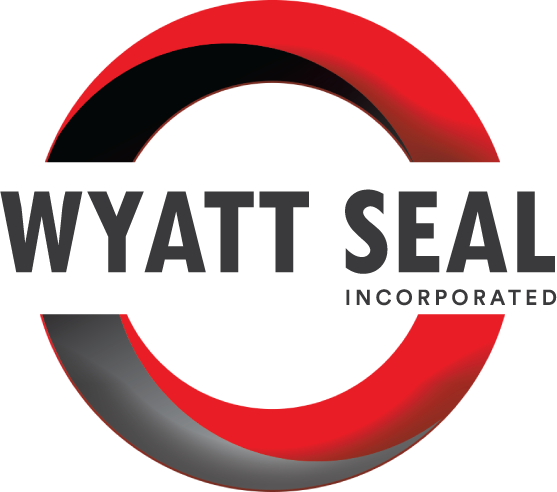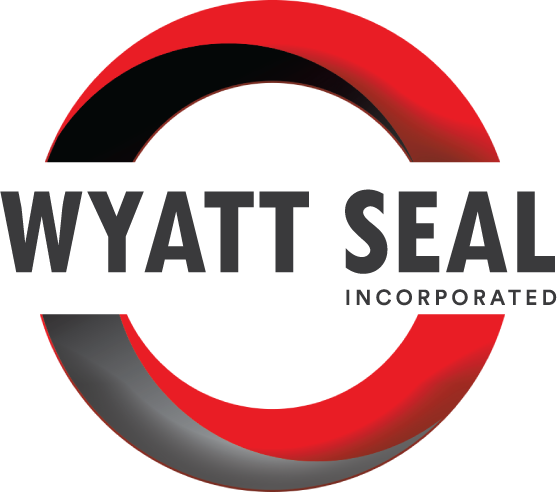An O-ring’s reliability is directly related to proper installation and appropriately chosen materials. When selecting the O-ring that will suit your project’s needs, it is important to consult professionals and explore all material options.
Often, O-ring seals are color-coded to correspond to their material. Color coding is available and can simplify the installation process, but you should never assume that color tells you the material of a previously existing O-ring.


.webp)
-min.jpeg)
.png)
.png)
.png)

.jpg?width=350&height=195&name=image001%20(7).jpg)
